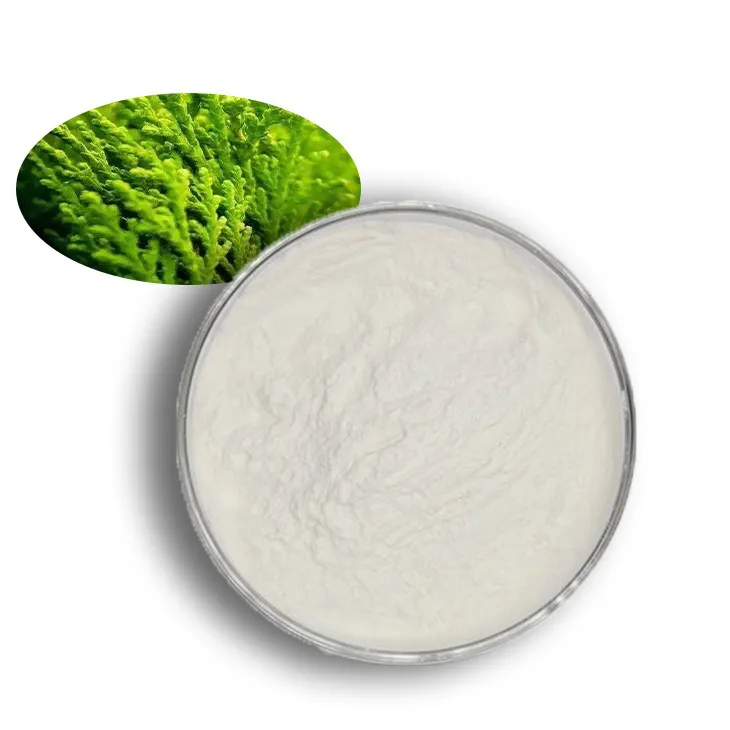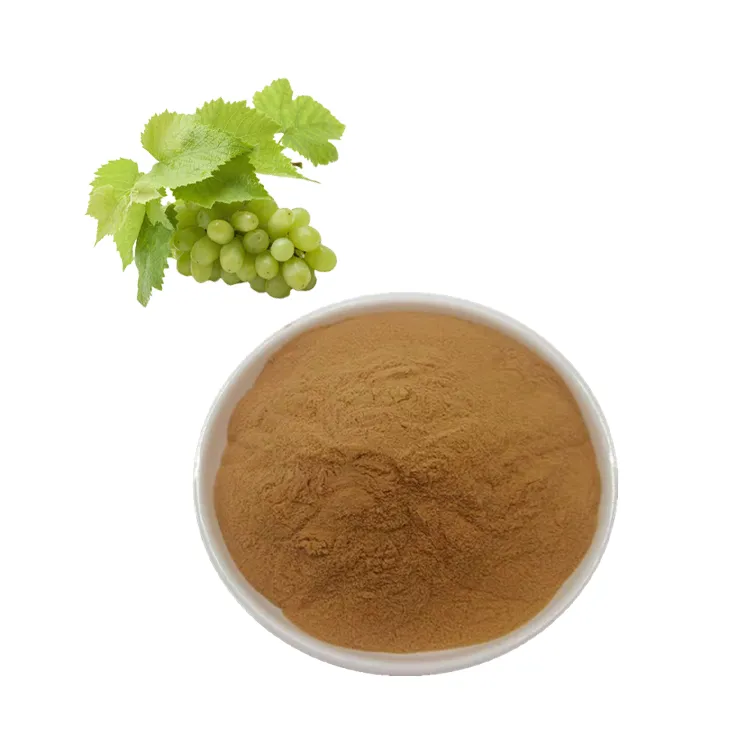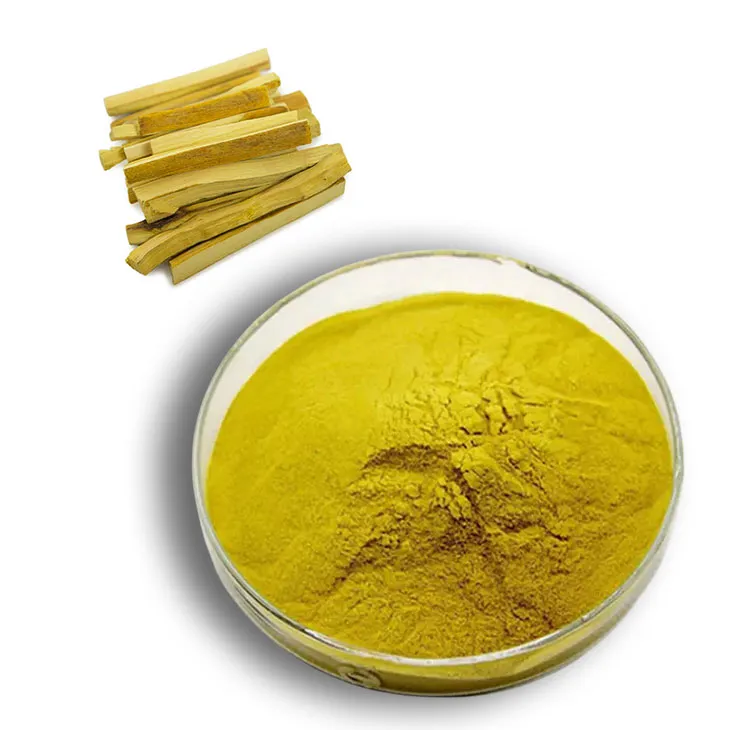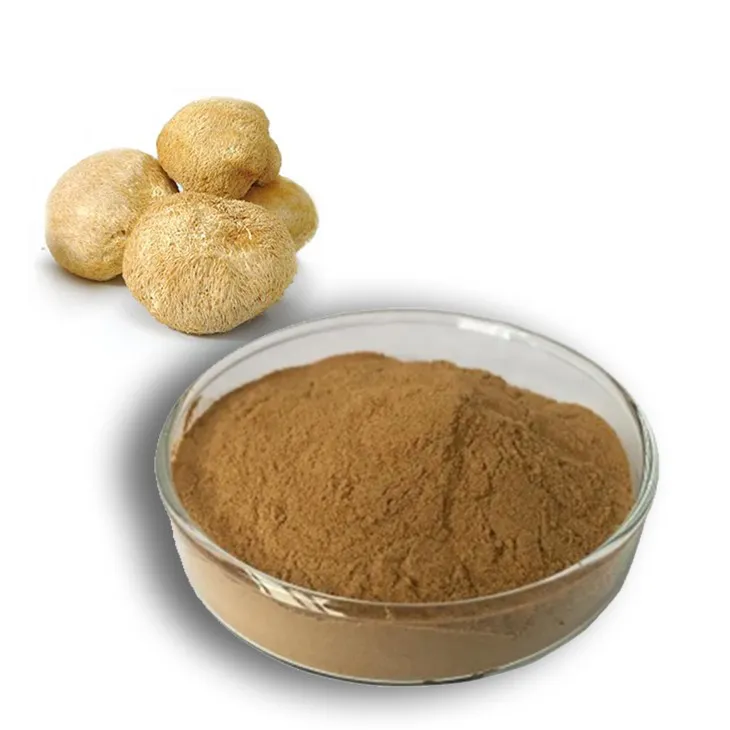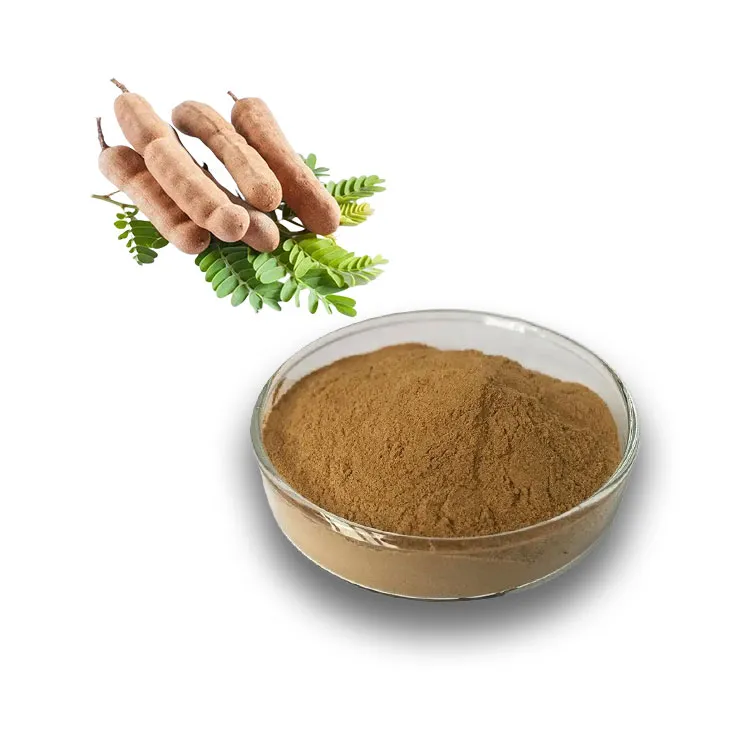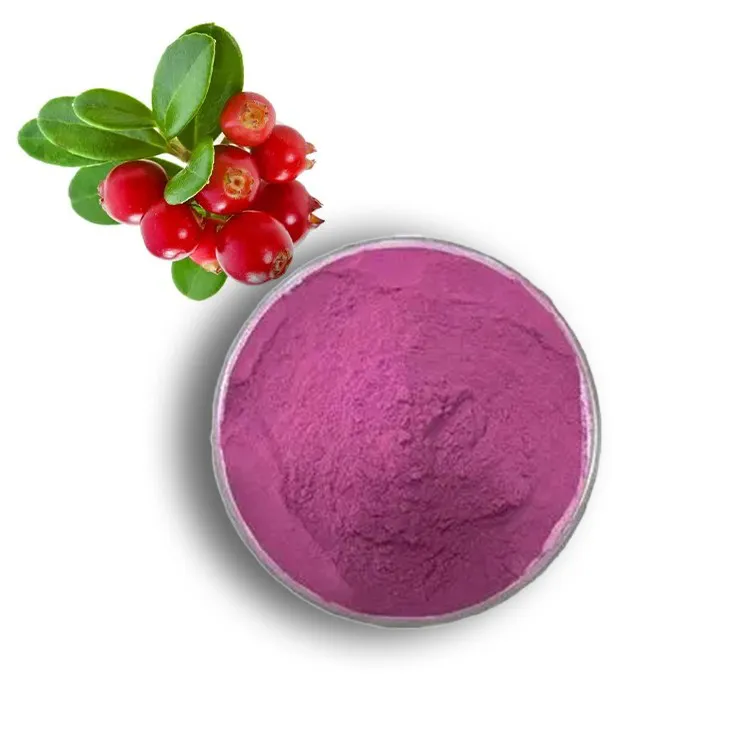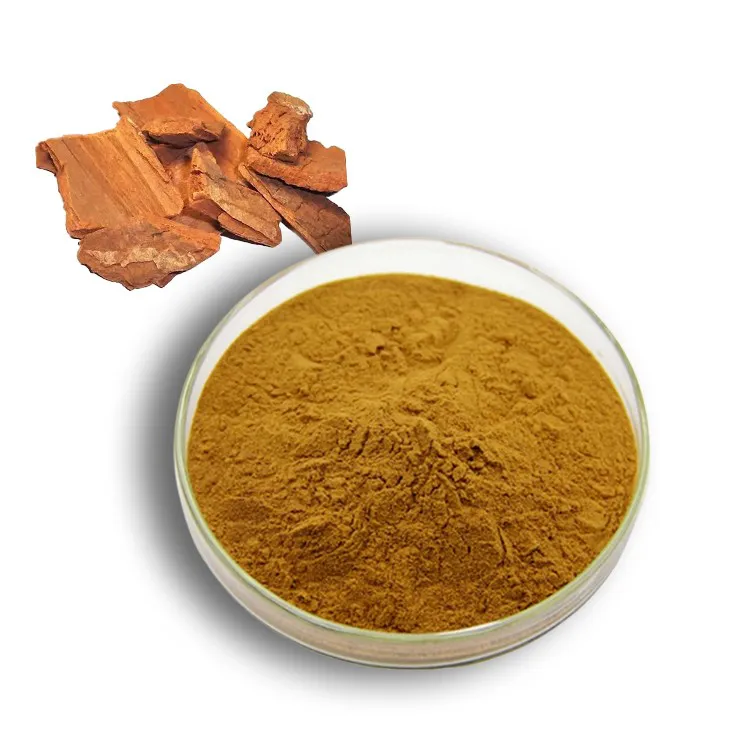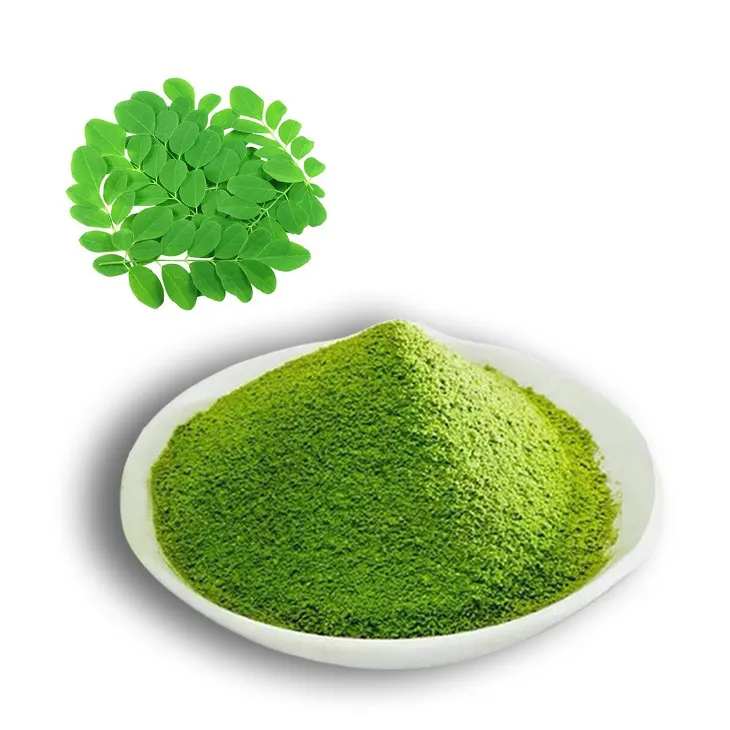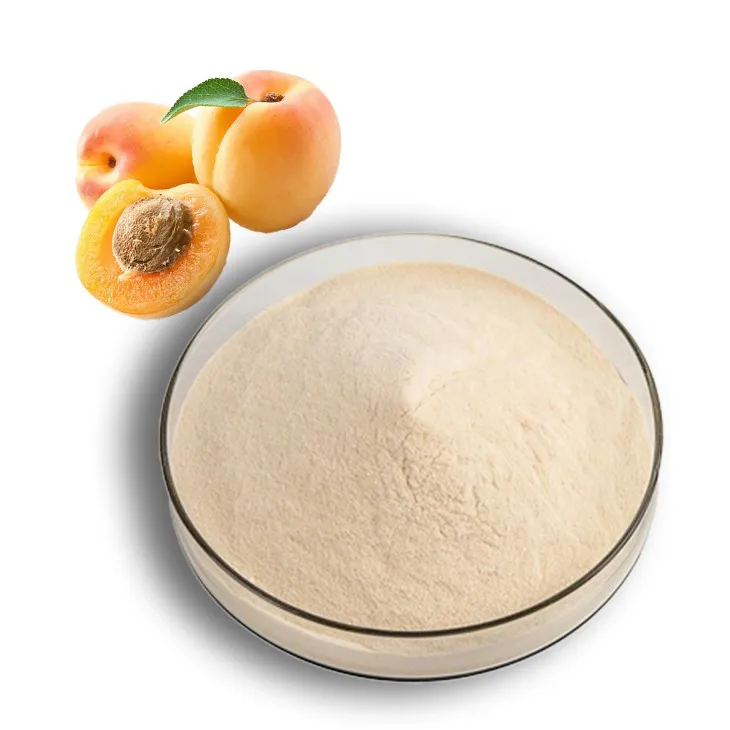- 0086-571-85302990
- sales@greenskybio.com
Navigating Regulatory Landscapes: The Status and Guidelines for Troxerutin Use
2024-07-04
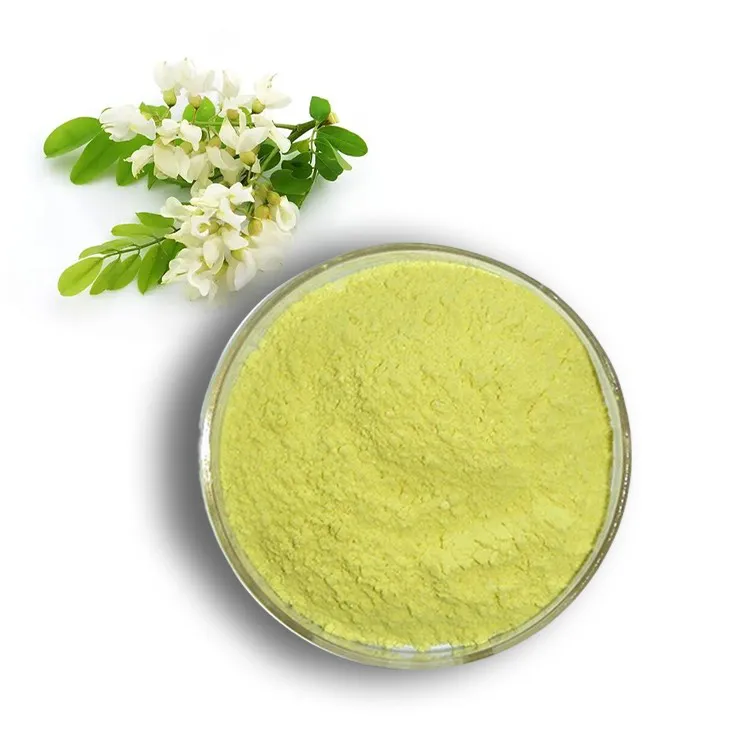
1. Introduction
Troxerutin is a compound that has gained significant attention in various fields due to its diverse properties and potential applications. It is essential to understand the regulatory status of Troxerutin use across different regions and the guidelines that govern its proper utilization. This article aims to provide a comprehensive overview of these aspects, considering its applications in medical, industrial, and consumer sectors.
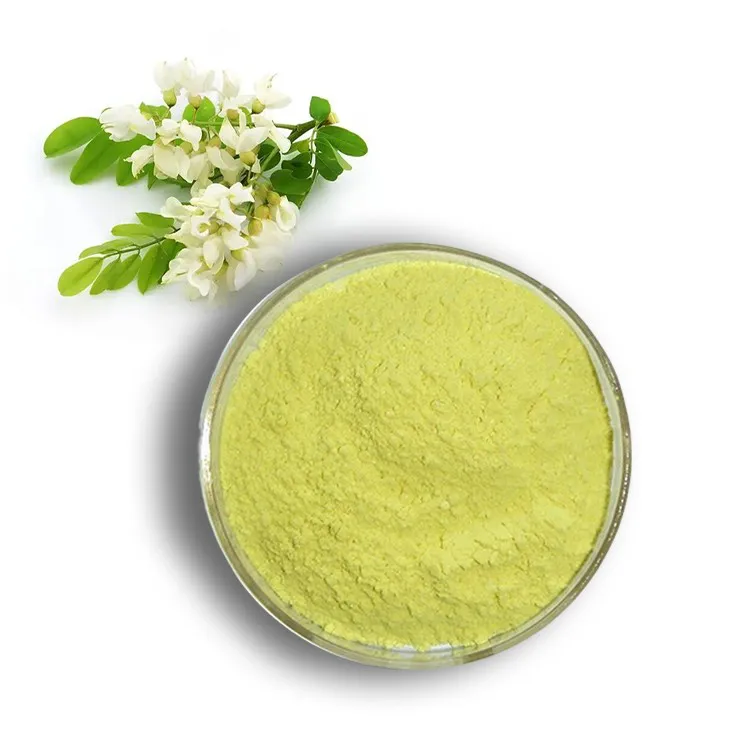
2. Troxerutin: An Overview
Troxerutin, also known as vitamin P4, is a semisynthetic derivative of rutin. It is characterized by its antioxidant, anti - inflammatory, and vasoprotective properties.
Chemically, troxerutin has a structure that enables it to interact with various biological molecules, which underlies its diverse functions. In the medical field, it has been studied for its potential role in treating conditions such as venous insufficiency, capillary fragility, and certain circulatory disorders.
In industrial applications, troxerutin is used in the cosmetic and pharmaceutical industries as an ingredient in formulations. For example, in cosmetics, it can be added to creams and lotions for its antioxidant and skin - protecting properties. In the pharmaceutical industry, it may be used in tablet coatings or as an ingredient in certain medications.

3. Regulatory Status in Different Regions
3.1 Europe
In the European Union, the regulatory status of troxerutin is well - defined. It is classified as a medicinal product when used for specific medical indications. The European Medicines Agency (EMA) regulates its use in pharmaceuticals.
For cosmetic applications, troxerutin is subject to the Cosmetics Regulation. The regulation ensures that the compound is used safely in cosmetic products, setting limits on its concentration and requiring proper labeling.
When it comes to industrial use, such as in the production of food additives or supplements, there are also specific regulations. The European Food Safety Authority (EFSA) assesses the safety of troxerutin when it is used in food - related products.
3.2 United States
In the United States, the Food and Drug Administration (FDA) plays a crucial role in regulating troxerutin. For medical use, if troxerutin is to be used as a drug, it needs to go through the drug approval process, which includes pre - clinical and clinical trials to demonstrate its safety and efficacy.
Regarding its use in dietary supplements, the FDA has different regulations. Dietary supplements containing troxerutin are required to comply with the Dietary Supplement Health and Education Act (DSHEA). This includes proper labeling, not making unsubstantiated health claims, and ensuring the safety of the product.
In the cosmetics industry, the FDA has regulatory oversight to ensure that products containing troxerutin are safe for use. However, the regulatory requirements may be different from those in Europe.
3.3 Asia
In Asia, the regulatory situation varies from country to country. For example, in China, troxerutin is used in both traditional Chinese medicine and modern pharmaceutical preparations. The China Food and Drug Administration (CFDA) has specific regulations for its production, quality control, and use in different types of products.
In Japan, the Pharmaceuticals and Medical Devices Agency (PMDA) regulates the medical use of troxerutin. Similar to other regions, there are also regulations for its use in cosmetics and food - related products.
India also has its own regulatory framework for troxerutin. The Drugs Controller General of India (DCGI) oversees its use in pharmaceuticals, and there are regulations for its use in other sectors as well.
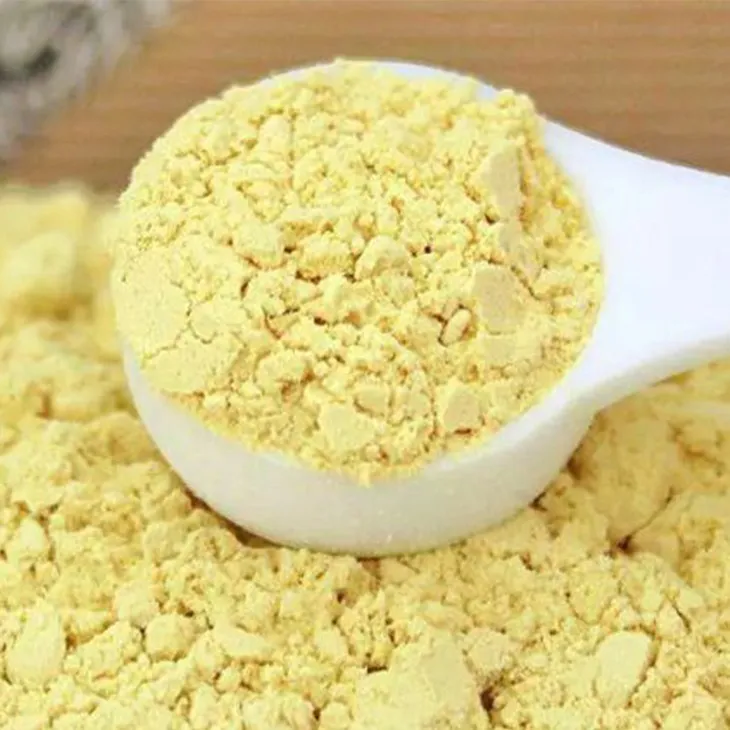
4. Guidelines for Medical Use
4.1 Dosage
The appropriate dosage of troxerutin for medical use depends on several factors, including the patient's age, medical condition, and the specific indication for which it is being used.
For example, in the treatment of venous insufficiency, the typical dosage may range from X mg to Y mg per day, divided into several doses. However, in clinical trials for other conditions, different dosages may be explored.
It is crucial that healthcare providers follow the recommended dosage guidelines based on the available evidence and the patient's individual profile.
4.2 Administration Routes
Troxerutin can be administered through different routes. The most common routes include oral administration, which is convenient for patients and is widely used for long - term treatment.
Intravenous administration may be used in certain acute conditions or in hospital settings. However, this route requires more careful monitoring due to potential side effects and the need for proper infusion techniques.
Topical application of troxerutin - containing formulations may also be used for local treatment, such as in the case of skin conditions related to capillary fragility.
4.3 Contraindications and Precautions
There are certain contraindications for the use of troxerutin. For example, patients with known hypersensitivity to troxerutin or related compounds should not use it.
During pregnancy and lactation, the use of troxerutin should be carefully considered. Although there is limited evidence suggesting harm, it is advisable to use it only when the potential benefits outweigh the risks, under the guidance of a healthcare provider.
Patients with bleeding disorders or those taking anticoagulant medications should also be closely monitored if troxerutin is to be used, as it may potentially affect blood clotting.
5. Guidelines for Industrial Use
5.1 Cosmetic Industry
In the cosmetic industry, when using troxerutin, manufacturers must ensure the quality and purity of the compound. They should source troxerutin from reliable suppliers who can provide certificates of analysis.
The concentration of troxerutin in cosmetic products should be within the safety limits set by the relevant regulatory authorities. For example, in a face cream, the maximum allowable concentration may be Z% to ensure that it is safe for topical application without causing adverse skin reactions.
Proper labeling is also essential. The label should clearly indicate the presence of troxerutin, its function in the product, and any potential warnings or precautions, such as for individuals with sensitive skin.
5.2 Pharmaceutical Industry
In the pharmaceutical industry, strict quality control measures are required for troxerutin. The production process should comply with Good Manufacturing Practice (GMP) standards.
When formulating drugs containing troxerutin, the compatibility with other active and inactive ingredients needs to be carefully considered. This is to ensure the stability and efficacy of the final product.
Pharmacokinetic and pharmacodynamic studies are often necessary to determine the optimal formulation and dosage regimen for drugs containing troxerutin.
5.3 Food - Related Industry
In the food - related industry, if troxerutin is used as a food additive or in dietary supplements, it must meet the safety standards set by the regulatory authorities.
The addition of troxerutin to food products should be within the approved limits. For example, in a functional food, the amount of troxerutin added should not exceed the maximum daily intake limit determined by the relevant agency.
Proper packaging and storage conditions are also important to maintain the stability and quality of troxerutin - containing food products.
6. Guidelines for Consumer Use
6.1 Dietary Supplements
Consumers who choose to take dietary supplements containing troxerutin should be aware of the product's quality. They should look for products from reputable brands that follow the regulatory requirements.
It is important not to exceed the recommended dosage on the product label. Taking excessive amounts of troxerutin in dietary supplements may not necessarily lead to greater health benefits and may potentially cause adverse effects.
Consumers should also be aware of any potential interactions with other medications or supplements they are taking. For example, if they are taking anticoagulant medications, they should consult a healthcare provider before starting a troxerutin - containing supplement.
6.2 Cosmetic Products
When using cosmetic products containing troxerutin, consumers should perform a patch test first, especially if they have sensitive skin. This can help to detect any potential allergic reactions.
They should follow the product instructions for use, such as the frequency of application and the amount to be used. Using the product in excess may not be beneficial and may cause skin irritation.
If any adverse reactions occur, such as redness, itching, or swelling, consumers should stop using the product immediately and seek medical advice if necessary.
7. Conclusion
Troxerutin has a wide range of applications in medical, industrial, and consumer sectors. Understanding the regulatory landscapes and guidelines for its use is crucial for all stakeholders, including manufacturers, healthcare providers, and consumers.
By adhering to the regulatory requirements and proper use guidelines, the potential benefits of troxerutin can be maximally exploited while minimizing the risks associated with its use. Continued research and monitoring of troxerutin's safety and efficacy will also be important in the future to ensure its appropriate and sustainable use.
FAQ:
What are the main applications of troxerutin?
Troxerutin has applications in various fields. In the medical field, it may be used for certain health conditions due to its potential beneficial properties. In the industrial sector, it could be used in processes related to its chemical characteristics. In consumer applications, it might be found in some products where its properties are beneficial, such as in certain cosmetics or dietary supplements.
How does the regulatory status of troxerutin vary across different regions?
Different regions have their own regulatory frameworks. Some regions may have more stringent regulations regarding the use of troxerutin in medical applications to ensure safety and efficacy. In industrial applications, regulations may focus on environmental impact and workplace safety. In consumer products, regulations often aim to protect the end - users from potential harm. These differences can be due to variations in healthcare policies, environmental concerns, and consumer protection laws among different regions.
What are the medical guidelines for using troxerutin?
Medical guidelines for troxerutin use typically depend on the condition it is being used to treat. Dosage, frequency of administration, and potential side - effects are important aspects. For example, in treating certain vascular disorders, the appropriate dosage is determined based on factors such as the patient's age, overall health, and the severity of the condition. Medical professionals need to consider possible drug interactions as well when prescribing troxerutin.
Are there any specific industrial guidelines for troxerutin?
Yes, in the industrial context, guidelines for troxerutin use are mainly related to handling, storage, and disposal. Regarding handling, proper safety equipment and procedures should be in place to protect workers from potential exposure. For storage, conditions such as temperature and humidity need to be controlled to maintain the stability of troxerutin. When it comes to disposal, it should be carried out in an environmentally friendly way, following local environmental regulations.
What should consumers know about troxerutin use?
Consumers should be aware that if troxerutin is present in a product, it should be used as directed. For example, if it is in a dietary supplement, they should follow the recommended dosage. They should also be informed about any potential allergens associated with troxerutin - containing products. Additionally, consumers should be cautious of products that make unsubstantiated claims about the benefits of troxerutin.
Related literature
- The Use and Regulation of Troxerutin in Modern Medicine"
- "Troxerutin in Industrial Applications: Regulatory Considerations"
- "Consumer - Oriented Guidelines for Troxerutin - Containing Products"
- ▶ Hesperidin
- ▶ citrus bioflavonoids
- ▶ plant extract
- ▶ lycopene
- ▶ Diosmin
- ▶ Grape seed extract
- ▶ Sea buckthorn Juice Powder
- ▶ Beetroot powder
- ▶ Hops Extract
- ▶ Artichoke Extract
- ▶ Reishi mushroom extract
- ▶ Astaxanthin
- ▶ Green Tea Extract
- ▶ Curcumin Extract
- ▶ Horse Chestnut Extract
- ▶ Other Problems
- ▶ Boswellia Serrata Extract
- ▶ Resveratrol Extract
- ▶ Marigold Extract
- ▶ Grape Leaf Extract
- ▶ blog3
- ▶ Aminolevulinic acid
- ▶ Cranberry Extract
- ▶ Red Yeast Rice
- ▶ Red Wine Extract
-
Carrageenan Extract Powder
2024-07-04
-
Grape Leaf Extract
2024-07-04
-
Marigold Extract
2024-07-04
-
Berberis aristata Extract
2024-07-04
-
Hericium erinaceus extract powder
2024-07-04
-
Tamarind extract powder
2024-07-04
-
Europen Bilberry Extract
2024-07-04
-
Yohimbine Bark Extract
2024-07-04
-
Moringa powder
2024-07-04
-
Apricot Powder
2024-07-04











